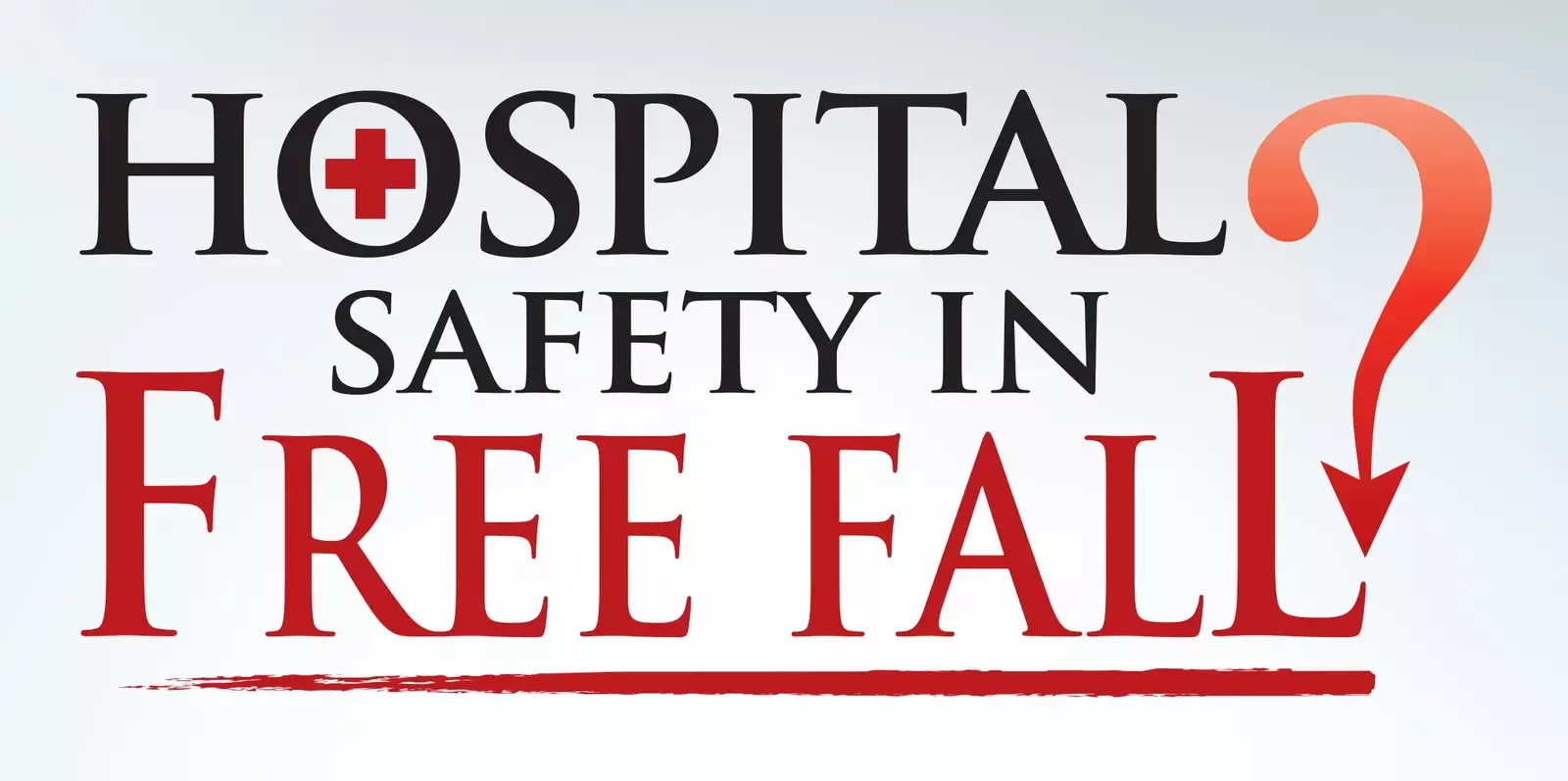
For patients in today’s healthcare system, getting the treatment they need can feel a lot like being in freefall. People who are accustomed to being in control of their own lives, suddenly find they must place their safety entirely in the hands of others about whom they know very little. (1)
For patients in today’s healthcare system, getting the treatment they need can feel a lot like being in freefall. People who are accustomed to being in control of their own lives, suddenly find they must place their safety entirely in the hands of others about whom they know very little. (1)
The fact is, medical care has become so complex that even the best trained and most dedicated professionals cannot achieve perfect performance 100% of the time. Humans are, however much we wish to deny it, fallible beings, prone to error. As Atul Gawande notes, even in the strictly regulated environment of an intensive care unit, the average error rate is 1%, which means every single patient is on the receiving end of two errors every single day. In highly fluid environments, such as emergency rooms, the risk of error can be pushed up by stress, busy-ness, and provider fatigue. (3)
Knowing that healthcare providers are merely human, and recognizing the potentially fatal results of human error in a healthcare setting, how can patients feel more secure when seeking medical treatment? (4)
Even if 100% perfection remains unachievable, many healthcare providers have drastically improved their reliability by adopting a system of checklists.
Patients can both improve their own safety and encourage providers to adopt advanced safety practices by asking the following questions of their healthcare providers:
Do you use Patient Safety Checklists?
By ensuring that providers do not forget steps and allowing them to reflect on each completed step before moving on to the next, Patient Safety Checklists have proven extremely effective in reducing the risks of medical procedures, such as surgery, childbirth, infectious disease/pandemic management, and trauma treatment.
Do you use a Hand Hygiene Safety Checklist?
Although it may seem obvious that healthcare providers should wash their hands before treating any patient, proper hand washing technique plays a major role in effective prevention of infection.
Do you use a Patient Rounding Checklist?
Rounding Checklists allow facilities to record and evaluate their own level of reliability in safety and patient experience. By using these checklists, providers both improve their quality of care and engage in a continuous process of seeking change for the better.
Do you use an Environment of Care Checklist?
This checklist allows healthcare organizations to monitor the condition and quality of their facilities, allowing them to identify potential problems and make improvements before trouble arises.
Being a patient need not feel like freefall. By seeking providers who actively a pursue a culture of safety and bolster that attitude with the continuous self-examination inherent in checklists, patients can feel more confident of their safety when undergoing medical treatment. (5)
Sources
(1) www.hospitalsafetyscore.org/
(2) leapfroggroup.org/policy_leadership/
(4) ahrq.gov/professionals/quality-patient-safety/
(6) Gawande, A. The Checklist Manifesto: How to Get Things Right. New York: Picador; 2010. p. 24.
